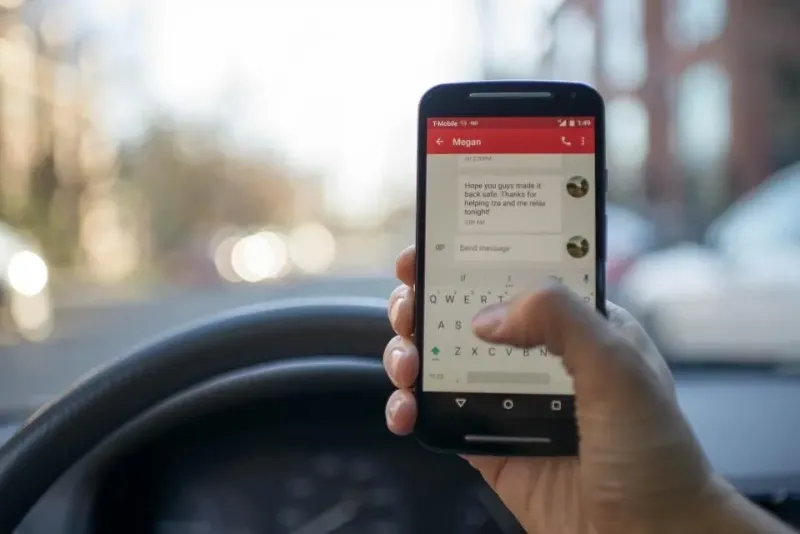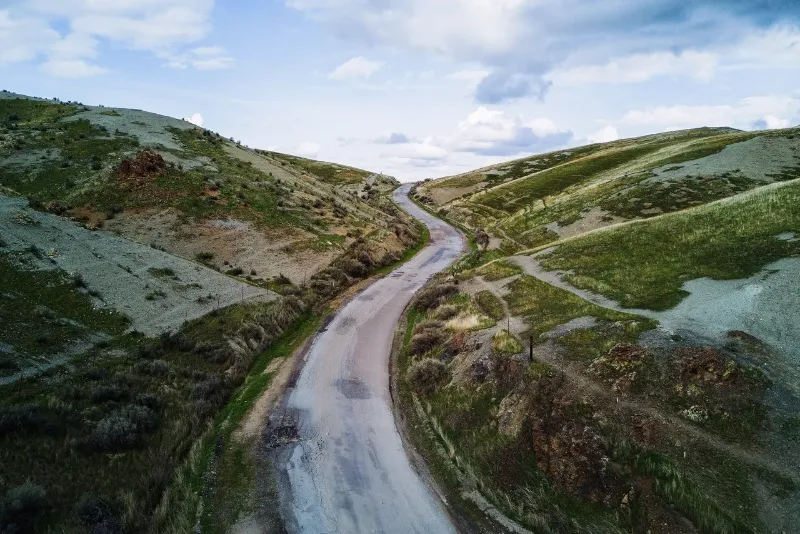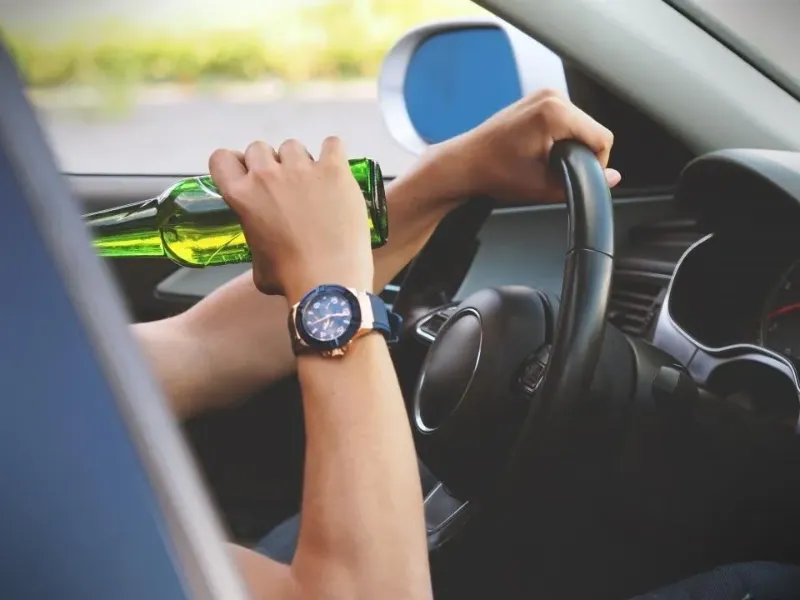In 2018, there were over 5,000 large trucks involved in fatal crashes (https://www.fmcsa.dot.gov/safety/data-and-statistics/trends-table-1-large-truck-and-bus-fatal-crash-statistics-1975-2018). Sadly, many of those fatalities could have been avoided, if both the truck drivers and other drivers involved in the collision, had just paid attention. Below is a list of common causes of 18-wheeler crashes and what we, as 2 and 4-wheeled vehicle drivers, can do to avoid them.
1. Reckless Driving

One of the main causes of 18-wheeler crashes is reckless driving. Reckless driving is a broad category, including violations such as running a red light, speeding, unsafe lane changes, and many more poor choices as a driver of an 80,000-pound vehicle. How can we, as smaller vehicle drivers, avoid crashes with 18-wheeler drivers who drive recklessly? We can be on the lookout. We need to be hyper-vigilant when we are sharing the roadway with 18-wheeler drivers. At any point, that we recognize that an 18-wheeler is in our driving vicinity, we need to be aware of the speed it is traveling (faster or slower than us), when its brakes are applied (timely or late), and how they are applied (with ease or slammed), and if we can see in the tractor, what is the driver doing; are they checking their rearview mirror to see if it is safe to change lanes; are they looking down at their cell phone or some other electronic device? These are all hints that can help us anticipate the 18-wheeler driver’s next move, so that we can plan our next move, one step ahead!
2. Driving While Distracted

Driving while distracted is, sadly, an issue for all drivers, not just 18-wheeler drivers, but the repercussions of a distracted 18-wheeler driver are MUCH WORSE than those of a 2 or 4-wheeled vehicle. How can you avoid being hit by a distracted 18-wheeler driver…keep your eyes on the road and your mind on the drive. If you see his/her head looking down, do your best to avoid their path, PERIOD. If an 18-wheeler driver is looking at a smartphone or some other electronic device, he/she is not looking at the road. If they are not looking at the road, they cannot be prepared to react to changing situations around them. They cannot see traffic slowing in front of them. They cannot see traffic lights change from green to yellow, to red. They cannot see you changing lanes in front of them. When they do look up, they will have less reaction time because the vehicle is so large, and will need a much longer stopping distance, to avoid hitting anyone.
3. Dangerous Road Conditions

Dangerous road conditions also affect all drivers, but the massive size of an 18-wheeler makes the potential damage so much more severe. One of the most dangerous road conditions is wet oil; this happens when vehicles leak oil on the road and then it rains or water pools in the oil. At night, this dangerous road condition is almost invisible. If an 18-wheeler were to hit a wet oil spot, at night, going into a curve, he/she could lose control, cross lanes, and slam into the oncoming traffic. How can we avoid being the oncoming traffic…avoid driving on curvy roads, after a rain, at night, if you can help it!
4. Driving While Drowsy

Driving while drowsy is a real issue for some long-haul drivers. There are federal guidelines, laying out how long, consecutively, that an 18-wheeler driver can drive his/her tractor. Some companies reward their drivers for completing their trips in the shortest time possible. The desire to follow the law and the need to pay the bills are in conflict, in this situation, for the 18-wheeler driver. This is where driving while drowsy kicks in. Even though the 18-wheeler driver knows that the law says they have driven for as many hours, consecutively, as allowed, they also know that they are only 1 hour from their destination and will get their bonus, if they just stick it out for the next hour. They are exhausted, physically and mentally, but feel confident that they can finish the drive. Due to the extreme drowsiness, their reaction time is decreased. Their vision is weakened. Their decision-making and mental capacity are compromised. All of these factors lead to hundreds of driving while drowsy crashes, per year. How can we avoid these? Again, be attentive; especially to the driver’s head; if you see it bob like he/she has fallen asleep, get out of the way. If you are behind the 18-wheeler and you see it swerving, do your best to get as far away from it as possible. Driving while drowsy crashes tend to happen very early in the morning or very late at night; if you are driving at either of these times and are sharing the road with an 18-wheeler driver, be on hyper-alert and do your best to keep a safe distance!
5. Driving While Intoxicated

Some of the indications that a driver is driving while intoxicated are similar to driving while drowsy. Head bobbing and swerving are 2 telltale signs of driving while intoxicated. If you see either of these, from an 18-wheeler driver, get away! Like driving while drowsy, but worse, when driving while intoxicated, the driver’s reaction time and mental capacity are both decreased. Decision-making skills are, at times, diminished. As deadly as these lost capacities can be for a motorcycle rider or car driver, they are 20 times more deadly, when an 18-wheeler driver is experiencing them. Again, due to the sheer size of the 18-wheeler, stopping time is decreased. Also, if the crash is not avoided, the severity of the impact is increased by the high velocity at which the 18-wheeler hits the other vehicle. The increased weight, speed, and velocity lead to much more severe injuries and many more fatalities. Again, how do we avoid these types of crashes? If you see 18-wheeler drivers showing any of the telltale drunk driving signs, getaway!!!
The 5 instances above are a short list of some of the most dangerous conditions, created by 18-wheeler drivers, that if we keep our eyes on the road and mind on the drive, we can usually avoid, as 2 and 4-wheeled vehicle drivers. We need to be aware of all of our surroundings, as we drive, but since 18-wheelers are so big and take so much more time to stop, we need to be extra aware, not only of their presence but how the driver is acting, so we can take early measures to avoid the tragedies that follow 18 wheeler crashes with 2 and 4 wheeled vehicles.
Stay safe!

